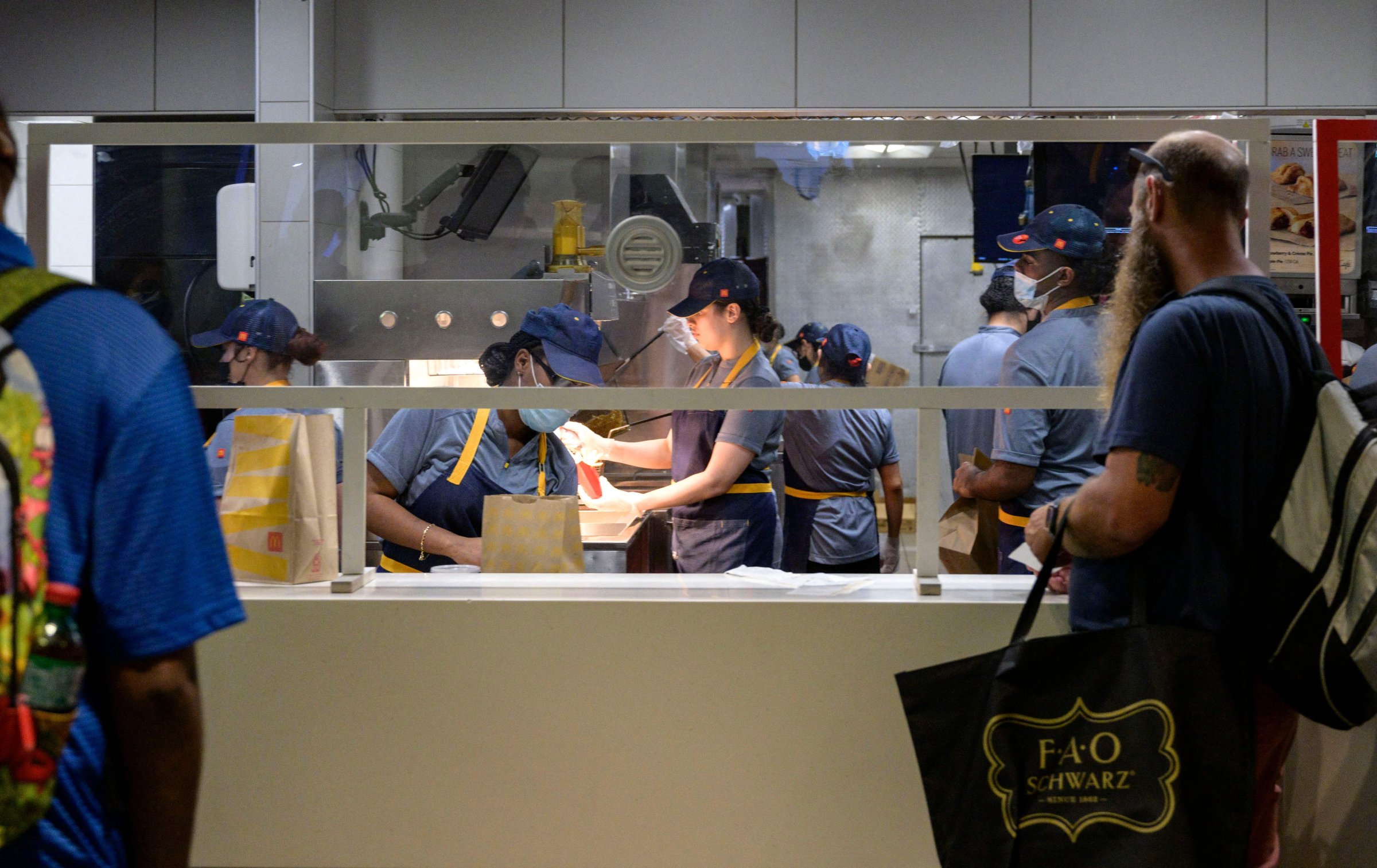
U.S. job openings fell in April from a record in the prior month though remained historically elevated, suggesting little relief for employers struggling to attract and retain workers.
The number of available positions decreased to 11.4 million in the month from an upwardly revised 11.9 million in March, the Labor Department’s Job Openings and Labor Turnover Survey, or JOLTS, showed Wednesday. The median forecast in a Bloomberg survey of economists called for 11.35 million openings.
The JOLTS report has become one of the key markers of the tightness of the US labor market, often referenced by Federal Reserve officials like Chair Jerome Powell as a sign the economy can withstand higher interest rates without a significant jump in unemployment. Policy makers are aiming to reduce demand for labor, in turn cooling wage growth and helping lower inflation, without tipping the economy into recession.
The somewhat improved, though still-elevated number of vacancies shows labor demand remains strong. Firms are struggling to hire from a limited pool of workers, highlighting the mismatch in labor supply and demand that’s kept wage growth high. However, there are signs such gains may be peaking, a heartening development for the Fed if not for American workers.
Read More: Employers Take Note: Young Workers Are Seeking Jobs with a Higher Purpose
Some 4.4 million Americans quit their jobs in April, little changed from the prior month. The quits rate, a measure of voluntary job leavers as a share of total employment, was unchanged at 2.9%.
There were about 1.9 jobs for every unemployed worked in April, down slightly from March. Fed Governor Christopher Waller referenced the closely watched ratio in a speech earlier this week, in which he also said that tighter policy won’t lead to much of an increase in unemployment since demand for workers will still be strong, just less so.
Layoffs fell to a fresh record low in April, but separate data from the Labor Department has shown an uptick in applications for unemployment insurance in recent weeks. Hires held steady at an elevated level.
The decrease in job openings reflected drops in health care and social assistance, retail trade and accommodation and food services. Industries such as transportation, warehousing, and utilities as well as manufacturing posted notable increases.
The data precede Friday’s monthly jobs report, which is currently forecast to show the U.S. added 325,000 payrolls in May and the unemployment rate fell to 3.5%, which would match the lowest since 1969.
With assistance from Chris Middleton and Olivia Rockeman.
More Must-Reads from TIME
- How Donald Trump Won
- The Best Inventions of 2024
- Why Sleep Is the Key to Living Longer
- Robert Zemeckis Just Wants to Move You
- How to Break 8 Toxic Communication Habits
- Nicola Coughlan Bet on Herself—And Won
- Why Vinegar Is So Good for You
- Meet TIME's Newest Class of Next Generation Leaders
Contact us at letters@time.com